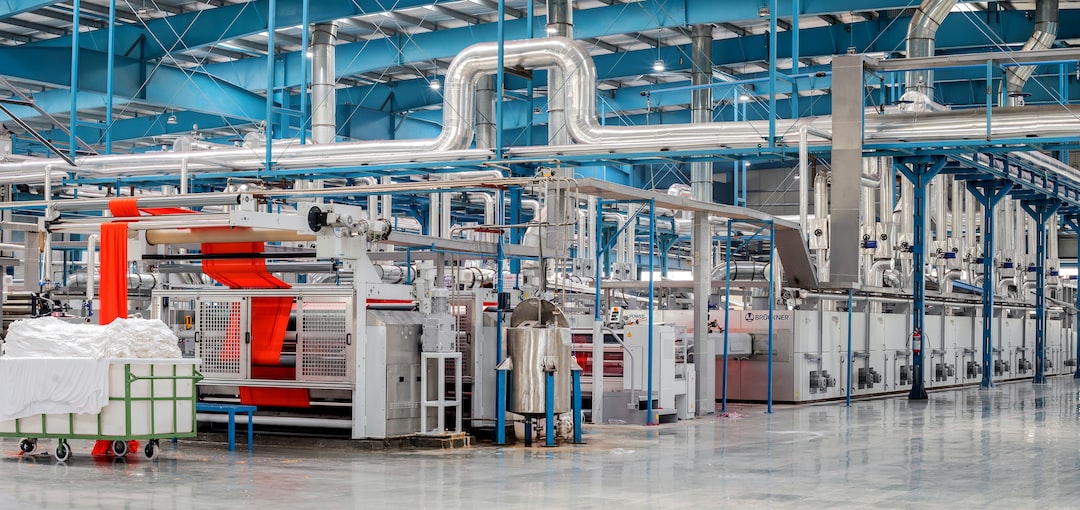The History and Evolution of Manufacturing: From the Industrial Revolution to Industry 4.0
Manufacturing has come a long way since the early days of the Industrial Revolution. Over the past few centuries, advancements in technology and automation have revolutionized the way goods are produced. From the use of steam engines and mass production techniques to the integration of artificial intelligence and robotics, the manufacturing industry has undergone several transformations, ultimately leading us to the era of Industry 4.0.
The Industrial Revolution is considered the starting point for the modern manufacturing industry. It began in the late 18th century in Britain and later spread across Europe and the United States. The development of new technologies, such as the steam engine and the mechanization of textile production, paved the way for mass production. This marked a significant shift from the traditional cottage industry to factory-based production systems.
During this period, manufacturing industries saw a massive increase in productivity and efficiency. The introduction of machinery and the division of labor allowed for the production of goods on a much larger scale. Factories became the backbone of industrial societies, leading to urbanization and the rise of the working class.
The next major development in manufacturing came with the advent of electricity and the rise of assembly line production. This period, known as the Second Industrial Revolution, began in the late 19th century and continued into the early 20th century. Innovations like the telegraph, telephone, and electric power significantly improved communication and provided a more reliable source of energy.
One of the most influential figures during this time was Henry Ford, who revolutionized the automobile industry with his introduction of the assembly line. Ford’s innovative approach to manufacturing, known as Fordism, focused on mass production, standardization, and efficiency. The assembly line allowed for the production of cars at a much faster rate, making them more affordable and accessible to the general public.
Following the assembly line revolution, the manufacturing industry continued to evolve with the introduction of computer technology. This period, known as the Third Industrial Revolution or the Digital Revolution, began in the mid-20th century and continues to this day. Computers and automation played a crucial role in improving productivity and precision in manufacturing processes.
The use of computer numerical control (CNC) machines revolutionized machining processes, allowing for greater precision and repeatability. The introduction of robotics and automation reduced the need for manual labor, resulting in increased efficiency and cost savings. Computer-aided design (CAD) and computer-aided manufacturing (CAM) further enhanced the design and production processes, making it easier to create complex and intricate components.
Today, we find ourselves on the brink of the next industrial revolution – Industry 4.0. This era is characterized by the integration of advanced technologies such as the Internet of Things (IoT), artificial intelligence (AI), big data, and cloud computing into the manufacturing industry. This convergence of digital and physical systems has the potential to transform the way goods are produced and delivered.
Industry 4.0 enables the creation of smart factories, where machines, devices, and systems communicate and cooperate with each other. The use of sensors and data analytics allows for predictive maintenance, real-time monitoring, and optimization of production processes. This results in increased efficiency, reduced downtime, and improved product quality.
The implementation of AI and machine learning in manufacturing opens up new possibilities for automation and optimization. Intelligent robots can perform tasks with a higher level of precision, while AI algorithms can analyze vast amounts of data to find patterns and make predictions. This level of automation and intelligence has the potential to revolutionize various industries, ranging from automotive manufacturing to pharmaceutical production.
In conclusion, the history and evolution of manufacturing have been shaped by continuous advancements in technology and automation. From the Industrial Revolution to Industry 4.0, each era has brought about significant changes in processes, productivity, and efficiency. As we enter the era of Industry 4.0, the integration of advanced technologies is set to redefine the manufacturing industry once again. With the potential for increased productivity, reduced costs, and enhanced product quality, Industry 4.0 holds immense promise for the future of manufacturing.

